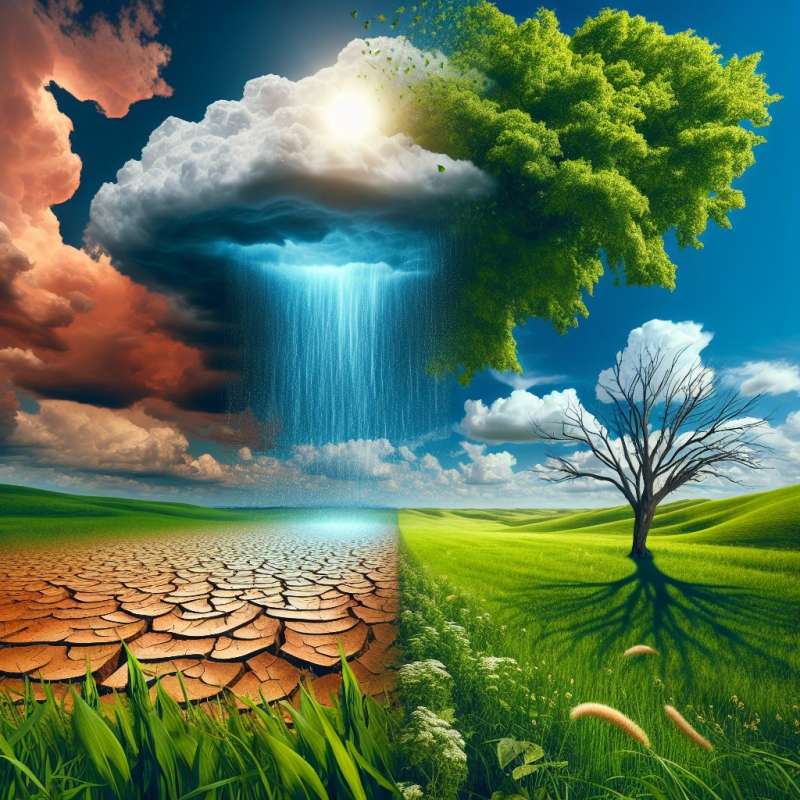
Climate vs. Weather
Weather describes short-term atmospheric conditions; climate defines long-term patterns. Climate change alters these patterns, influencing daily weather worldwide.
Rising Global Temperatures
Since the 19th century, Earth's average temperature has risen about 1.2 degrees Celsius. This increase is driving more frequent extreme weather events.
Ocean Currents Shift
Climate change disrupts ocean currents, which regulate global climate. Alterations in the Gulf Stream can lead to severe weather in Europe and North America.
Precipitation Patterns Change
A warmer atmosphere holds more moisture, causing shifts in precipitation. This results in more intense rainstorms and snowfalls, as well as prolonged droughts.
Polar Vortex Instability
A warming Arctic weakens the polar vortex, sometimes sending frigid air southward. This leads to uncommonly cold weather in temperate regions.Faster Jet Streams
Climate change is accelerating jet streams, causing more turbulence and longer flight times for planes.
What does weather describe?
Long-term atmospheric patterns
Short-term atmospheric conditions
Ocean current disruptions
Company